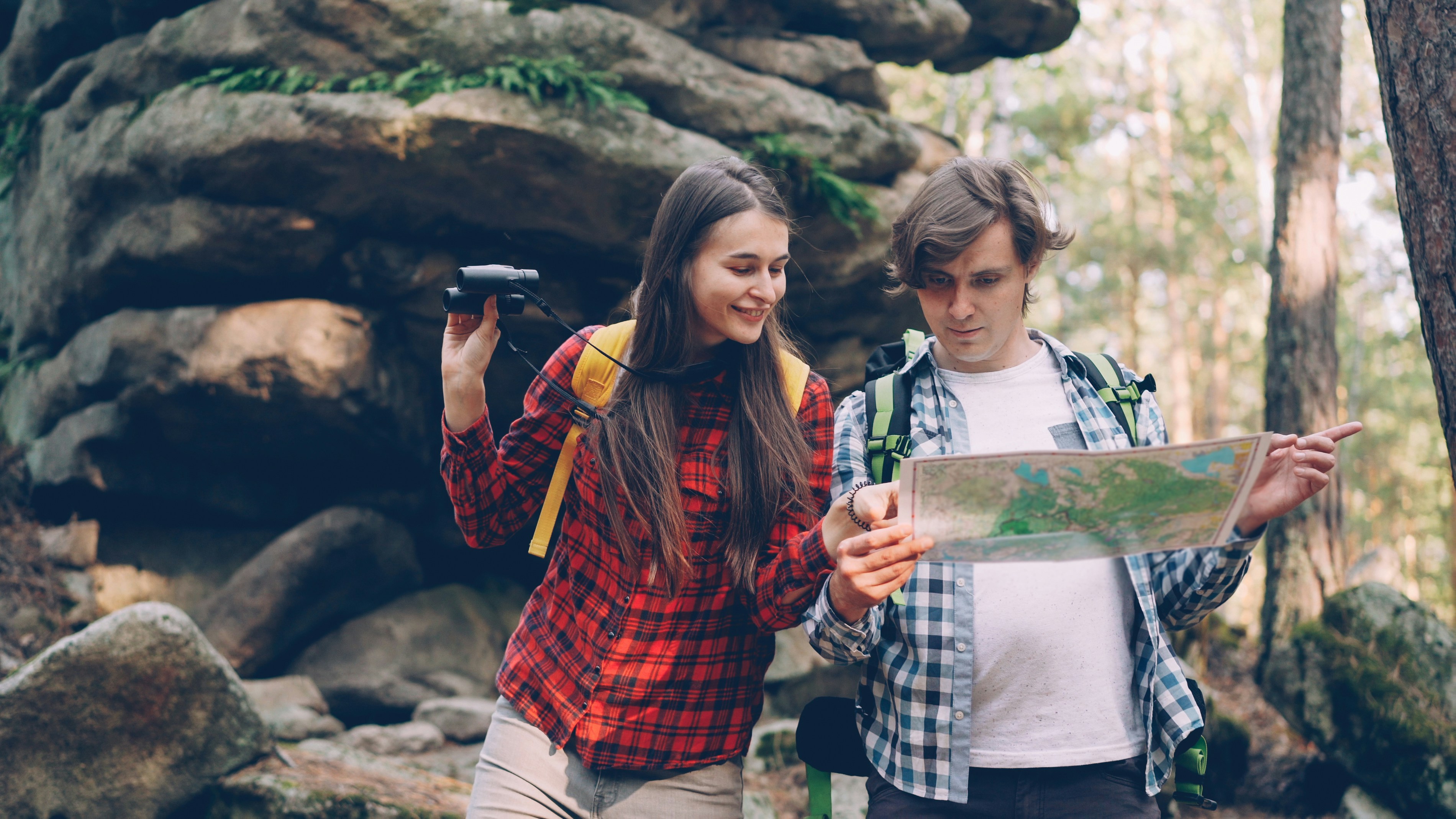You’re Not Alone: Hiking Is More Accessible Than Ever
More people are lacing up and heading outside in 2026 than ever before and it’s not just hardcore backpackers. First time hikers, city dwellers, and weekend walkers are all finding their way to a trail. Why now? Burnout is high, remote work stuck around, and people want simpler ways to reset. Hiking delivers no gym membership or long drive required.
Urban parks and local nature loops are leading the charge. Micro trails in city limits and quiet greenways tucked behind suburbs are making hiking feel less intimidating. Options exist for those who don’t have a mountain nearby or a full free day to tackle it.
Tech’s helping too. Beginner friendly apps like AllTrails and GAIA GPS are doing more than mapping they’re recommending easy hikes, giving heads up on terrain, and tracking progress in real time. Lightweight gear is also more affordable and less bulky. Companies are making moisture wicking shirts, trail runners, and hydration packs that don’t scream ‘gear nerd’ which is exactly what new hikers want.
City trails, better tools, and community buzz are lowering the barrier to entry. Hiking is finally meeting people where they are and walking alongside them.
Choose the Right Trail for Your First Time
Not all hikes are created equal. If you’re new to this, aim for loop trails under 3 miles with moderate or gentle elevation. These loops bring you back to where you started, which means no backtracking or complicated logistics. It’s a solid win.
Before lacing up, do your homework. Trail rating apps like AllTrails or park websites usually provide crowd sourced reviews, recent conditions, and helpful filters like difficulty, distance, and elevation. Take those ratings seriously what’s marked as “easy” still might include rocky patches or steep sections.
Pay attention to the terrain. Dirt paths, gravel, and well worn forest trails are great; avoid anything with loose rock or slippery inclines for your first time. Shade matters for mid day hikes, especially in warmer months. Water sources and restrooms? Even better. Knowing those are on the route lets you relax and focus on just enjoying the walk.
Dress Smart, Pack Light
Hiking isn’t about looking good it’s about staying comfortable and ready for whatever the trail throws at you. What you wear depends on the season and the day’s conditions. In cooler months, think layers: a moisture wicking base layer, an insulating mid layer, and a light, windproof jacket. In warmer weather, go breathable opt for quick dry shirts, shorts or trail pants, and a hat for sun protection. Skip cotton. It holds moisture and makes you chilled or chafed fast.
Shoes matter more than you think. Trail runners are lighter and more flexible than traditional boots, which makes a huge difference on shorter or well groomed trails. Less break in time, faster pace, and they dry quicker if you hit a creek crossing. Boots still have their place especially with heavy loads or rocky terrain but for beginners on casual trails, trail runners usually win.
As for what goes in the pack, keep it simple and smart. Always carry water enough for the entire hike. A couple energy bars or a handful of trail mix goes a long way. Weather can turn quick, even on short hikes, so stash a light rain shell or windbreaker. And toss in a mini first aid kit just the basics: bandages, antiseptic wipes, and whatever personal meds you need. Bonus: a small headlamp or flashlight never hurts.
Pack light, be prepared, and you’re already ahead of the game.
Learn to Read the Trail Like a Pro

Your hike will go a whole lot smoother if you understand what the trail is telling you. First off, pay attention to trail markers colored blazes painted on trees, rocks, or wood posts. A single color usually marks a trail, and double blazes can mean a sharp turn. Red, blue, yellow… each park has its own code, so check the map at the trailhead or online before you start walking.
Elevation gain means how much vertical climbing you’ll do. Two miles with 100 feet of gain is leisurely. Two miles with 1,200 feet? That’s a grind. Trail types matter too: a loop means you’ll end where you started without repeating much. Out and back is one path go halfway, then retrace your steps. Some trails combine both, while others are point to point and require a second car or shuttle.
Topographic maps can seem old school, but they’re still one of the best ways to figure out terrain and elevation. Trail signs often match map colors, and contour lines show climbs and dips at a glance. The steeper the lines, the steeper the hike. Want to dig into reading maps and signs with a bit more confidence? Start here: How to Read Topographic Maps and Trail Signs.
Knowing this stuff means fewer wrong turns and better pacing. Get even a rough handle on it, and your hikes will feel a lot more doable and a lot less like guesswork.
Safety and Common Sense Trail Behavior
Staying on marked paths isn’t just a nice idea it’s essential. Straying off trail can lead to soil erosion, which wrecks the landscape for everyone. It also puts plants and wildlife at risk, disrupting their habitats with every misplaced step. On top of that, going off trail increases your chance of getting lost or injured. Trails exist for a reason. Stick with them.
When it comes to other hikers, think of the trail like a two way street with no stop signs. Uphill hikers get the right of way. Step aside if you’re headed down and someone’s climbing up. If you’re in a group, don’t block the path give space for others to pass. And if your dog’s with you, keep them leashed and close. It’s better for other hikers, and for the wildlife your pup might chase or scare off.
Before you head out, especially if you’re hiking solo, always let someone know your plan: which trail, how long you’ll be out, and when to expect you back. It takes two minutes and could save your life. Cell service isn’t guaranteed out there, but preparation is.
Trail etiquette isn’t complicated. It’s just respect for nature, and for the people sharing it with you.
What You’ll Actually Experience
Your first hike probably won’t feel like a movie. No epic music, no perfect lighting. Just real air, real dirt, and quiet footfalls. The noise drops away the deeper you go not just the literal sound, but the mental kind too. There’s something simple and clean about walking through trees or up a ridge. Your brain stops looping and starts breathing.
You won’t be totally alone, either. Expect short chats, a wave here or there, maybe a trail runner breezing by with a grin. Hikers tend to be a laid back bunch. No pressure, no small talk marathons. Just people out there doing the same thing lightly checking out of the chaos and into something real.
Yes, your legs may protest. Muscles you forgot existed will speak up. But don’t be surprised if that physical fatigue flips into something sharper: alertness, mood lift, even a creative spark. Afterward, you might find yourself Googling other trails or wondering why you didn’t do this sooner. That’s how hobbies start by accident.
Wrap Up: Be Curious, Start Small, Return Often
Every hiker was new once. Every muddy boot, wrong turn, and unexpected uphill battle? All part of the process. Feeling unsure isn’t a red flag it’s a sign that you’re stepping into something new and worthwhile.
Start close to home. A local trail. Flat. Under a few miles. It doesn’t have to be dramatic to be effective. Those first quiet miles teach you how your body moves, how to pace yourself, and what gear matters. You don’t need a summit selfie on day one.
Once you’re ready, expand a little. Guided group hikes and local meetups are great bridges between solo strolls and longer outings. They connect you to people who’ve been where you’re standing and they’ll help you go farther than you thought you could.
The key is to keep showing up. Curiosity carries you, not experience. Start small, keep adjusting, and trust that your trail legs will come.
